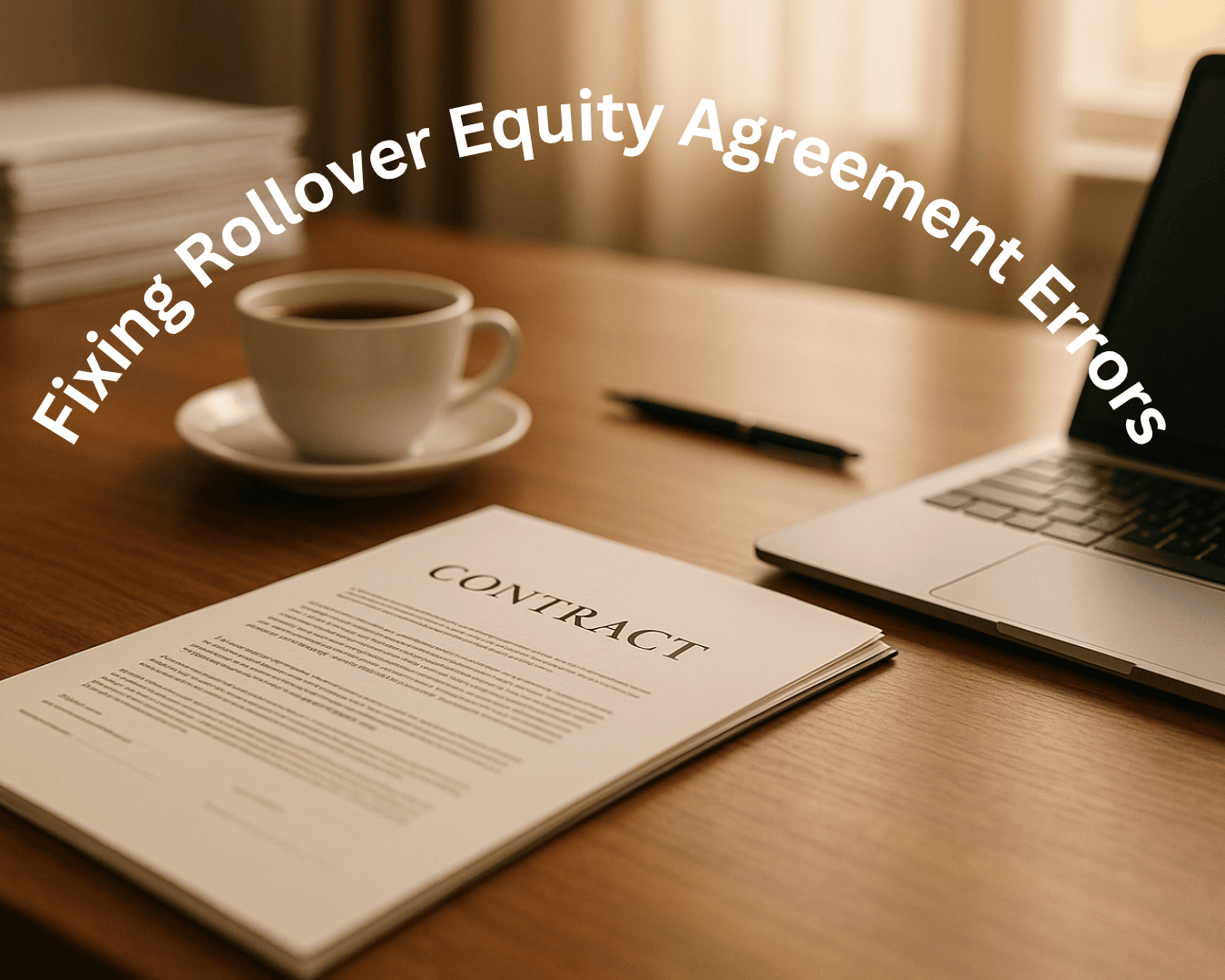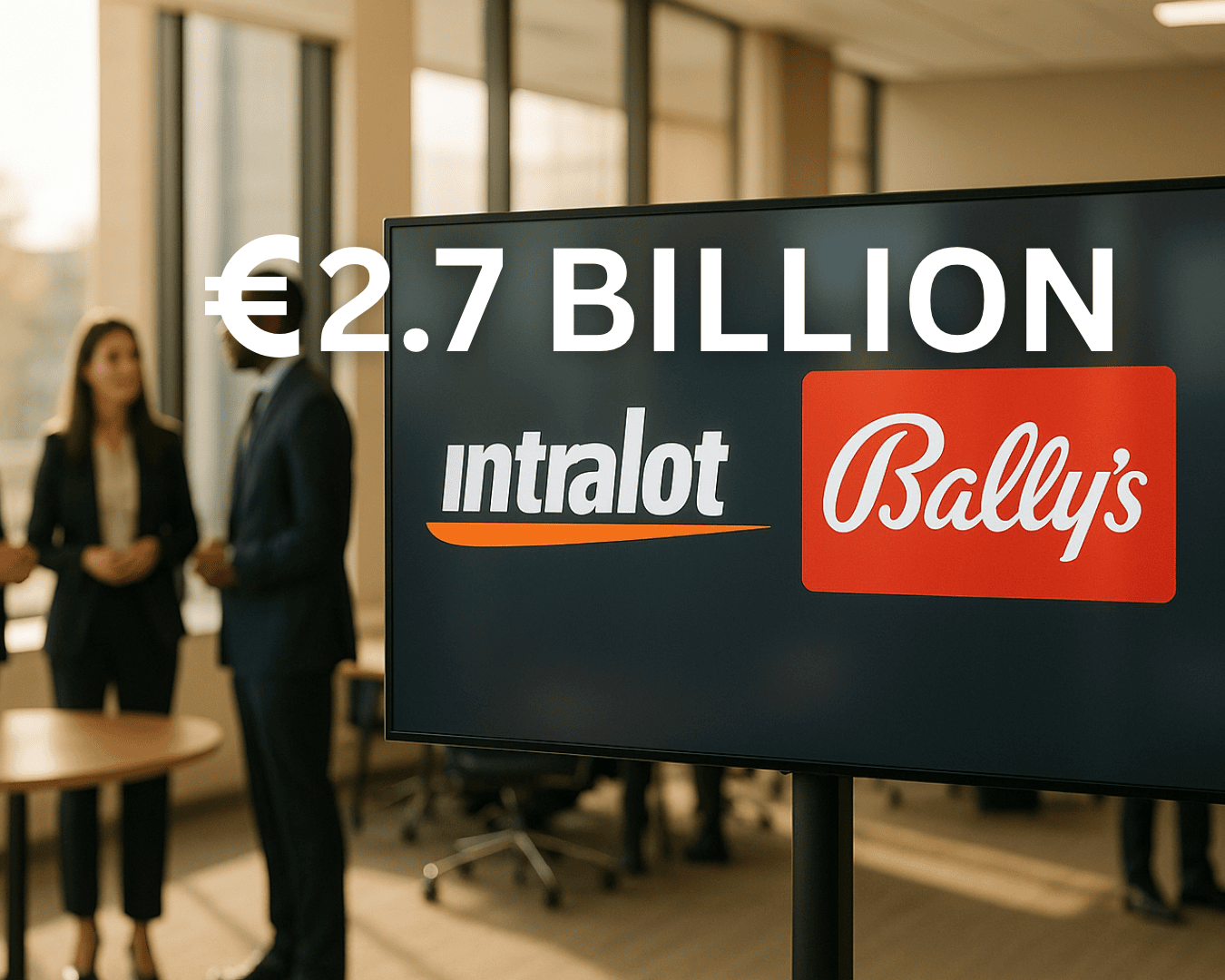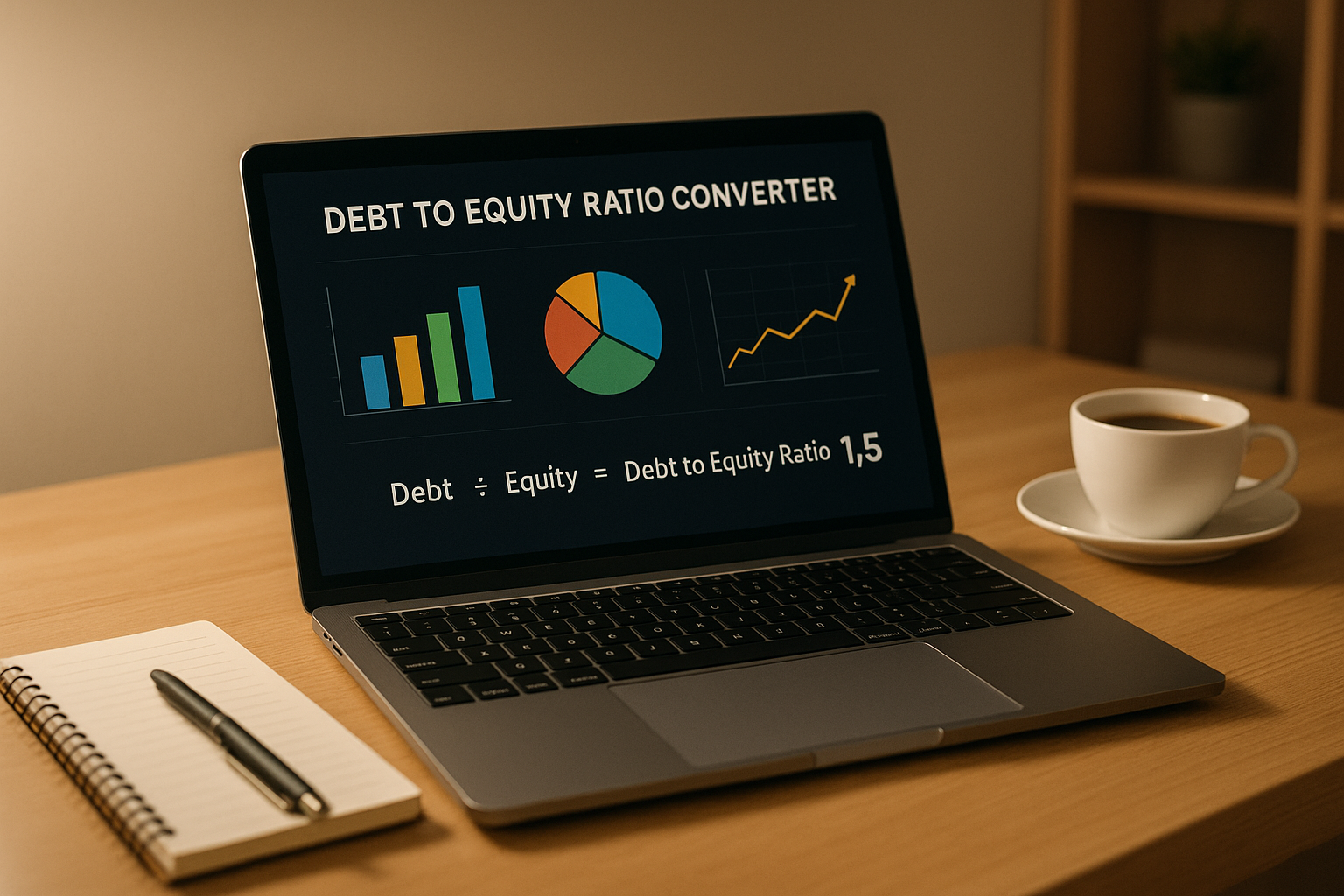Merging companies often struggle with fragmented systems, inefficiencies, and security risks. Application standardization solves this by unifying software, reducing costs, and improving integration outcomes.
Here’s the process, simplified:
- Plan Early: Start standardization during acquisition planning, not after.
- Create an Inventory: Catalog every application with details like costs, dependencies, and business impact.
- Align Goals: Tie standardization to acquisition objectives, like market expansion or cost reduction.
- Prioritize Wisely: Focus on business-critical apps and those with high compatibility.
- Address Security: Assess risks pre-merger and implement unified security protocols.
- Consolidate Applications: Remove redundant systems and standardize core platforms like ERP or CRM.
- Manage Change: Communicate clearly, train employees, and track progress to ensure smooth transitions.
- Use Tools and Experts: Leverage AI tools for inventory and risk analysis, and engage advisors for strategic decisions.
- Monitor Post-Merger: Set KPIs, track performance, and refine systems regularly to maintain value.
Key stat: Over 70% of M&A deals fail to achieve their projected value due to poor integration. Avoid this by prioritizing application standardization.
Let’s break it down step-by-step.
Integrating and Standardizing Operations During M&A and Growth
Planning for Application Standardization
Application standardization starts with careful planning long before any technical work begins. This phase is critical - it can either pave the way for smooth integration or lead to costly setbacks.
The process involves much more than just listing software applications. It requires a deep dive into how technology supports business operations, identifying potential system conflicts, and creating a roadmap that aligns with acquisition goals. Research shows that companies conducting thorough technology due diligence achieve 28% higher projected synergies and are 32% more likely to retain essential technical talent.
"Technology due diligence is no longer a secondary consideration but a primary driver of acquisition value in the digital era." – McKinsey & Company
Given that technology integration issues are responsible for about 30% of failed mergers, dedicating time to this planning stage is critical, especially for Main Street acquirers. It’s a key step in reducing risks and setting the foundation for successful integration.
Creating an Application Inventory
A comprehensive application inventory is the backbone of any standardization strategy. This process involves cataloging every software application used across both organizations - not just the obvious enterprise systems.
To make this inventory actionable, it should include 15 critical data points:
| Information Category | Details to Capture |
|---|---|
| Basic Information | Application name, version, vendor, license type |
| Technical Details | Installation location, dependencies, integration points, customizations |
| Business Impact | Criticality to operations, usage metrics, ownership |
| Financial Data | Licensing costs, maintenance fees, renewal dates |
| Security & Support | Security controls, vulnerabilities, support contacts |
This inventory process should begin with clear objectives and involve key stakeholders such as IT managers, department heads, and procurement teams. Interestingly, 56% of decision-makers factor IT issues into their due diligence, often uncovering challenges that could otherwise surface later.
Using the right inventory management tools is essential. Surveys and interviews with staff can help collect accurate data, while standardizing naming conventions and categorizing applications by function, department, or business criticality ensures the information is useful. This detailed inventory helps pinpoint overlaps, gaps, and immediate opportunities for system consolidation.
Ultimately, this inventory becomes a roadmap, directly supporting your acquisition goals.
Aligning Standardization with M&A Goals
For application standardization to be effective, it must align with the broader objectives of the acquisition. Whether the focus is market expansion, cost savings, or improved technology capabilities, the standardization strategy should directly contribute to these goals.
Strategic alignment starts with defining clear objectives that tie into the company’s overall vision. For example, if the acquisition aims to expand into new regions, standardizing customer-facing applications and compliance tools may take priority. On the other hand, if cost reduction is the primary goal, efforts might center on eliminating duplicate systems and streamlining vendor relationships.
Integration planning should begin as early as the due diligence phase, rather than waiting until after the deal closes. This proactive approach allows potential challenges to be identified and addressed early. Successful integrations often strike a balance, preserving unique company cultures while achieving strategic technology goals.
Cultural integration is another critical factor. Technology changes inevitably impact how employees work, so the plan should include strategies for employee adaptation and training. Cultural differences have been linked to deal failures in 41% of cases, underscoring the importance of addressing this human element. Developing a shared vision for the merged organization’s technology landscape can help unify employees and guide technical decisions throughout the integration process.
Once your objectives are clear, focus your efforts on prioritizing applications that will deliver the most impact.
Setting Up a Prioritization Framework
Not all applications warrant the same level of attention during standardization. A prioritization framework ensures resources are directed toward changes that provide the most value while minimizing disruptions to essential business operations.
Applications should be prioritized based on their business impact, technical compatibility, and cost-effectiveness. Business-critical applications - those tied directly to revenue generation or customer service - should take precedence for retention and optimization.
Technical compatibility is another key factor. Applications with modern architectures and strong integration capabilities are often better suited to serve as the foundation for the new organization, while outdated systems with limited compatibility may be candidates for replacement or retirement.
A cost-benefit analysis is equally important. Weigh the costs of maintaining multiple systems against the investment needed for consolidation. Licensing fees, maintenance expenses, and training requirements should all be considered. Since over 50% of business synergies are technology-driven, effective consolidation can lead to substantial financial benefits.
Establishing governance practices is essential for managing prioritization decisions over time. Define roles, approval processes, and schedules for regular reviews to adjust priorities as needed. Consider timing constraints and any data dependencies that may require sequential migrations.
For Main Street acquirers, platforms like Clearly Acquired can provide access to verified deal flow and tailored advisory support, offering valuable insights and best practices for making informed prioritization decisions.
Application Security and Compliance in M&A
When it comes to mergers and acquisitions (M&A), security and compliance risks can become deal-breakers. In fact, nearly 60% of firms now factor cybersecurity posture into their due diligence processes during M&A transactions.
The stakes couldn’t be higher. Take the Verizon-Yahoo deal in 2017 as an example. Just as Verizon was finalizing its acquisition of Yahoo, the latter disclosed a massive data breach from 2014 that impacted hundreds of millions of user accounts. The fallout? Verizon reduced the purchase price by a staggering $350 million, and the SEC imposed a $35 million fine on Yahoo for failing to promptly disclose the breach to investors.
"Cybersecurity isn't just another item on the M&A integration checklist - it's a business risk that can make or break the deal's long-term success."
– Denny LeCompte, CEO, Portnox
M&A transactions often introduce new security vulnerabilities and expand the attack surface. Weak access controls, outdated systems, and compliance gaps are common risks that demand immediate attention. To make matters worse, the technology disruptions caused by integration can obscure malicious activity, making it even harder to detect threats.
Conducting Pre-Merger Risk Assessments
Security and compliance reviews should begin as soon as a deal is on the table. Waiting until after the acquisition closes can leave you exposed to risks that could have been addressed earlier.
A thorough pre-merger risk assessment involves several key steps. Start by reviewing the target company’s application inventory and network architecture to pinpoint potential vulnerabilities. Investigate any history of security issues or breaches that might indicate unresolved risks.
Pay close attention to how the company collects and uses personal data, as any commitments made to customers regarding security and privacy will become your responsibility post-acquisition. It’s also critical to evaluate incident response plans, disaster recovery protocols, and business continuity measures.
The Marriott-Starwood merger serves as a cautionary tale here. When Marriott acquired Starwood in 2016, it unknowingly inherited a massive data breach that had been ongoing since 2014. The breach, discovered in 2018, exposed information on approximately 500 million guests, underscoring the importance of thorough cybersecurity assessments during M&A.
"Marriott failed to undertake sufficient due diligence when it bought Starwood and should also have done more to secure its systems."
– ICO
Legacy systems are often the biggest culprits when it comes to security gaps. Smaller companies, in particular, may lack detailed documentation of their cybersecurity policies, making it harder to assess risks. Bringing in external specialists can help uncover vulnerabilities that internal teams might overlook.
These early evaluations lay the groundwork for creating unified security and compliance standards.
Creating Unified Security and Compliance Standards
After identifying risks, the next step is to establish unified security protocols that bridge gaps and align with the strictest regulatory requirements. This is essential for ensuring smooth technology integration post-merger.
Compliance challenges can multiply when merging companies operate under different regulatory frameworks. For example, healthcare organizations need to comply with HIPAA, while companies handling European customer data must adhere to GDPR. Financial institutions face their own set of regulations like SOC 2. The goal is to identify all applicable standards and ensure the merged entity meets the most rigorous requirements.
Start with compliance audits for both companies. Create a detailed inventory of regulatory obligations, including data protection laws, industry-specific standards, and regional requirements. Identify gaps and prioritize those that present the highest risks.
Access control policies are especially critical. Implement protocols that enforce least privilege access, deactivate outdated credentials quickly, and standardize authentication methods. During M&A, employee uncertainty can increase insider threats, making strong access controls even more vital.
The Spectrum Health and Lakeland Health merger in 2018 highlights how compliance missteps can have costly consequences. After the merger, a breach in Lakeland’s third-party medical billing service exposed 60,000 patient records, followed by another breach affecting 1,100 patients. Spectrum Health had to provide identity protection services and scramble to notify those impacted.
Comprehensive training programs are also essential. Educate employees on regulatory requirements, maintain open communication about compliance issues, and foster a shared commitment to meeting standards. Keep in mind, compliance obligations don’t take a break during system integration - they remain in effect and may even become more complex when companies merge.
Using Automated Security Tools
Manual processes often fall short when managing the complexities of M&A integrations. Automated security tools, on the other hand, can provide continuous monitoring, faster detection of threats, and consistent enforcement of compliance standards across the newly merged organization.
Automated vulnerability scanning tools are particularly useful. They can continuously assess applications and infrastructure, flagging outdated software and configuration issues that might otherwise go unnoticed. These tools are especially valuable for monitoring legacy systems, which often lack proper documentation.
Compliance monitoring tools can also be automated to track regulatory requirements across different jurisdictions. These systems can flag potential violations early and provide audit trails to demonstrate compliance efforts. For companies juggling multiple regulatory frameworks, automation minimizes the risk of oversight.
Start integrating automated vulnerability remediation measures early in the process. Define Key Risk Indicators (KRIs) and use automated tools to monitor them throughout the integration. These tools can alert teams when thresholds are exceeded, enabling quick action.
Security testing tools are another excellent resource for applications undergoing integration. They provide real-time assessments, identify vulnerabilities, and recommend fixes. This is especially important when consolidating or modifying applications during the merger.
For smaller acquirers with limited IT resources, platforms like Clearly Acquired can offer expert guidance on implementing automated security solutions. These services can help identify the best tools and strategies for specific M&A scenarios.
The disruptions caused by M&A integrations often create opportunities for cyber threats to slip through unnoticed. Automated monitoring tools help maintain visibility during these chaotic periods, ensuring security incidents don’t get lost in the shuffle.
Application Consolidation Best Practices
After thorough strategic planning and risk assessments, application consolidation is the next step in streamlining operations. By addressing security and compliance requirements, organizations can simplify their application portfolios, leading to reduced costs and improved efficiency.
Currently, over half of IT application portfolios and 70% of IT maintenance budgets are tied to legacy systems. When companies merge, overlapping applications can lead to wasted spending on duplicate licenses and unnecessary complexity. By building on standardization and security measures, application consolidation ensures smoother operations and better resource allocation.
Removing Redundant and Legacy Applications
Decommissioning outdated or redundant software is essential for maintaining smooth business operations. The process involves identifying applications that are no longer useful, underutilized, or lacking vendor support. These systems often pose security risks and increase maintenance costs.
A well-thought-out decommissioning strategy should include the following steps:
- Assessment and scheduling: Set clear timelines, assign responsibilities, and allocate resources.
- Data backup: Safeguard critical data, configuration settings, and system integrations.
- Stakeholder communication: Inform employees about decommissioning timelines and replacement solutions.
- Testing: Verify that new solutions work effectively before retiring old systems.
- Monitoring: Keep an eye on performance and workflows during the transition.
- Documentation: Record the decommissioning process for compliance and future reference.
Not all redundant applications need to be removed immediately. Some can act as temporary backups during the transition, while others can be eliminated quickly to save costs.
Once redundant systems are addressed, the focus shifts to unifying core business applications.
Standardizing Core Business Applications
After removing unnecessary systems, the next step is standardizing key applications that drive business operations. Decisions around critical platforms like ERP and CRM systems play a major role in long-term success.
Develop a phased digital integration roadmap that includes a detailed IT assessment, evaluation of technical debt, data migration strategies, and an enterprise architecture framework. Customer-facing and revenue-generating systems should be prioritized, as delays in integrating these systems can lead to lost sales and dissatisfied customers.
Salesforce provides a great example of an effective integration approach for acquired companies. Establishing consistent data definitions and master data management early on prevents inconsistencies.
Identify smaller opportunities for system rationalization to fund larger integration projects. For instance, consolidating less critical applications or eliminating unused licenses can free up resources for more complex efforts.
In cases where duplicate systems are necessary for short-term stability, maintaining them temporarily can act as a safeguard against potential failures. Additionally, consider migrating to cloud-based solutions, which simplify integration, reduce infrastructure costs, and provide scalability for the combined organization.
With core applications unified, the challenge lies in managing the transition effectively.
Managing Change During Implementation
Even the most detailed technical plans can falter without effective change management. Poor handling of change can result in failed mergers and increased employee turnover.
A strong change management strategy, aligned with your digital roadmap, keeps the transition on track. Clearly define the objectives of your change management program, including how success will be measured. Employees need to understand not only what is changing but also why it is happening and how it will benefit them.
Assess your organization's readiness for change and identify areas for improvement. Understanding how adaptable your teams are allows you to customize your approach.
Develop a clear communication plan to keep stakeholders informed about the progress of the merger and how changes will affect them. Transparent communication builds trust and reduces uncertainty during transitions.
Set shared objectives that align the efforts of both organizations. Unified goals help break down barriers and foster collaboration. Involve employees in the planning process whenever possible - people are more likely to support changes they have helped shape. Additionally, employee input often highlights practical challenges that leadership might overlook.
"Methodology is the driver." - Dawn White, Change Management Expert
Provide training to ensure employees can effectively use new systems. Familiarity with one platform doesn’t always translate to competence with another, so training programs are essential.
The Prosci ADKAR Model is a helpful framework for managing change, focusing on five key stages: Awareness, Desire, Knowledge, Ability, and Reinforcement. This approach ensures that both the technical and human aspects of consolidation are addressed.
Regularly track progress against your goals and gather feedback. Change management isn’t a one-time effort - it requires ongoing adjustments based on how the integration is unfolding.
Keep in mind that project management focuses on achieving technical milestones, while change management supports employees through the transition. Both are critical but serve distinct purposes, requiring different skill sets.
sbb-itb-a3ef7c1
Using Technology and Advisory Support
Building on earlier strategies of planning and consolidation, incorporating technology and advisory support can significantly enhance the integration process. Managing application standardization during mergers and acquisitions (M&A) effectively demands a mix of advanced tools and expert guidance. With technology accounting for 2.5% of deal value, making it the third-largest transaction cost driver, organizations must find ways to boost efficiency while minimizing risks.
However, achieving these goals isn't easy. Only 32% of CIOs have successfully met key deal objectives, such as achieving technology synergies and completing on-time closures. Aligning AI-powered tools with expert advisory services bridges the gap between detailed technical execution and strategic goals, improving outcomes by automating tasks, providing actionable insights, and keeping strategies aligned throughout the integration process.
Using AI-Powered Tools for Standardization
AI-powered tools are reshaping how businesses handle application inventory management and execute deals. These platforms can quickly analyze vast amounts of data, uncovering redundancies, identifying security risks, and spotting integration opportunities - tasks that would otherwise take human teams weeks or months to complete.
Deal management hubs act as centralized platforms for monitoring the progress of application standardization. They provide real-time insights into system evaluations and integration challenges while offering search functionalities to locate specific applications, licenses, or documentation across both organizations.
Automated NDA deployment and AI-powered data rooms streamline due diligence by organizing technical documentation and flagging potential integration issues early in the process. This proactive approach helps avoid costly complications down the line.
The financial benefits of these tools are hard to ignore. Research indicates that up to 70% of technology synergies are realized within 18 to 36 months after a deal closes, underscoring the importance of efficient tools in capturing value within a reasonable timeframe.
Platforms like Clearly Acquired combine these AI-driven capabilities with robust deal management features. They offer tools for verified deal flow, advanced search, and customizable dashboards, simplifying the entire transaction lifecycle. By integrating sourcing, due diligence, and post-merger activities into one platform, Clearly Acquired reduces the complexity of juggling multiple vendors during critical phases of integration.
Combining Advisory and Funding Solutions
While technology speeds up data processing and automates tasks, expert advisory services bring the strategic judgment and experience necessary for successful application standardization. Advisory teams assist in making complex decisions about which applications to keep, consolidate, or retire. They draw on experience from previous integrations and provide critical support for managing organizational culture and change.
Integrated funding solutions are also key, ensuring that standardization efforts have the financial backing needed throughout the integration timeline. This is particularly important because integration costs often exceed initial estimates. Flexible funding options help avoid delays that could undermine the realization of synergies.
For instance, while AI tools might flag two CRM systems for consolidation, advisory services can determine which platform better aligns with the combined organization's sales strategy and customer engagement goals.
"A close collaboration between AI software and experienced humans will be vital to offer top-notch M&A due diligence services in the future." - Martin Baumgartner, Partner, International Tax and Transaction Services, EY Switzerland
Technology Integration Management Offices (Tech IMOs) exemplify the ideal structure for combining these resources. These teams, composed of technology experts and business advisors, work together to drive integration strategies, manage vendor relationships, and ensure that standardization efforts align with broader deal objectives.
Clearly Acquired's platform showcases this approach, merging AI tools with tailored advisory support for seamless standardization. By supporting the entire acquisition process - from initial sourcing to post-merger integration - the platform ensures that technology standardization efforts are both well-funded and strategically aligned.
The ultimate goal is to balance integration with existing technology priorities, avoiding temporary fixes or unnecessary costs. Advisory services guide organizations through these strategic decisions, while technology platforms provide the data and automation needed to implement them effectively. Together, this integrated approach not only simplifies standardization but also sets the stage for ongoing monitoring and optimization after the merger.
Post-Integration Monitoring and Optimization
The journey of standardization doesn’t end at go-live. In fact, over 70% of M&A deals fail to achieve their projected value due to insufficient integration planning. The real work lies in ongoing monitoring and refining processes to preserve business value and adapt to changing needs.
Post-merger monitoring requires a mindset shift - from completing a project to achieving operational excellence. While earlier stages focus on planning and execution, this phase emphasizes maintaining performance and seeking continuous improvement. Companies that excel here establish feedback loops to catch problems early and identify new opportunities for refinement. This approach enables clear metrics and flexible adjustment processes that are essential in the post-integration phase.
Setting Up Monitoring Practices
Once the dust settles after consolidation and initial integration, keeping a close eye on performance is critical to maintaining the value of the merger. This means defining key performance indicators (KPIs) that cover financial outcomes, system performance, transaction efficiency, data accuracy, and user experience.
- Financial Metrics: These track cost savings and revenue growth achieved through synergies, comparing actual results to initial forecasts. For instance, in a major tech merger, a leading company focused on KPIs like "Cost Synergies Realized" and "Revenue Synergies Realized." Within a year, they reported a 20% drop in operational costs and a 15% boost in revenue, exceeding expectations.
- Technical Metrics: Metrics like system uptime, response times, and transaction processing speeds ensure that standardized applications meet operational demands. User adoption rates - measured through login frequency, feature usage, and support ticket volumes - can highlight training gaps or usability challenges that need immediate attention.
- Customer-Facing Metrics: These assess how internal changes impact customers. Metrics like Net Promoter Scores (NPS), retention rates, and client feedback are essential to ensure that standardization efforts don’t disrupt the customer experience.
- Employee Metrics: Employee satisfaction, turnover rates, and productivity offer insights into how well teams are adapting to new systems. Declining metrics or high turnover may signal the need for stronger change management efforts.
Collaboration between finance and IT teams is crucial during this phase. Finance teams provide the business context, while IT ensures accurate data collection and reporting. Regular cross-functional meetings keep everyone aligned.
Making Improvements for Changing Needs
Once monitoring practices are in place, the focus shifts to ongoing improvement. Adaptive monitoring helps identify areas needing attention, while regular audits uncover inefficiencies.
- Quarterly Business Reviews: These structured reviews assess application performance against evolving business goals. They help determine whether current systems still align with strategic priorities and highlight opportunities for further optimization.
- Regulatory Compliance: In industries like healthcare, finance, and manufacturing, keeping up with evolving regulations is critical. Compliance monitoring ensures that standardized applications continue to meet these requirements, avoiding costly penalties.
- Feedback Loops: Regular input from employees, customers, and stakeholders - through surveys, focus groups, and check-ins - can reveal issues early. For example, during Amazon’s acquisition of Whole Foods, customer feedback and market conditions were continually assessed to fine-tune integration efforts.
- Agile Adjustments: Use real-time performance data to adapt strategies, timelines, or resource allocation as needed.
- Technology Refresh Cycles: Plan for regular updates to ensure applications remain effective in a rapidly changing tech landscape. What works today might need an upgrade in 12–18 months.
- Benchmarking: Comparing application performance to industry standards can highlight areas for improvement and uncover potential competitive advantages.
This phase is essential for ensuring long-term success. Companies that prioritize robust monitoring and stay flexible in their approach are far more likely to see the full benefits of their M&A investments. By continuously refining processes, they can ensure that application standardization drives both business growth and operational efficiency well into the future.
Conclusion
Standardizing applications plays a crucial role in determining the success of an acquisition. Careful planning is essential to ensure these efforts align with broader business goals. Without a comprehensive application inventory and clear integration objectives, even the most prepared acquisitions can face obstacles - issues that contribute to nearly 70% of failed M&A integrations.
The financial benefits of this approach are clear. For example, in 2023, a global financial services firm reduced its application portfolio by 35% within a year, saving $18 million annually in IT costs. This achievement was the result of thorough application assessments, detailed risk evaluations, and a phased approach to retiring redundant systems, all supported by expert advisors.
Technology and advisory services are reshaping this landscape. AI-powered tools now simplify tasks like inventory management and risk analysis. Companies such as Clearly Acquired are revolutionizing how smaller businesses tackle M&A. By integrating capital, advisory expertise, and proprietary AI tools, they streamline processes like sourcing, due diligence, and capital structuring, making application standardization more efficient and less risky.
The benefits don’t stop at initial savings. With the right technology and expert guidance, businesses can ensure their systems remain aligned with evolving needs. Standardization isn’t a one-and-done effort - it’s an ongoing process aimed at maintaining operational excellence. Scalable technologies and adaptable governance structures help businesses respond to growth, regulatory shifts, and future acquisitions. Regular application reviews and close collaboration with advisory partners ensure that systems continue to support changing business strategies and market demands.
When done right, application rationalization can cut IT costs by 20–30% while improving operational efficiency. Without it, organizations risk dealing with fragmented systems, inflated costs, and potential security issues. By committing to thorough planning, consolidation, and continuous optimization, businesses create a strong foundation for long-term M&A success.
FAQs
Why is it important to plan early for application standardization during mergers and acquisitions?
When it comes to mergers and acquisitions, getting a head start on planning is key to successfully standardizing applications. Tackling this early helps pinpoint redundancies, gaps, and potential challenges well before the integration process kicks off. This kind of preparation not only smooths the transition but also keeps costs in check and limits disruptions.
Addressing application rationalization during the due diligence phase is especially important. It allows you to align your integration efforts with broader strategic goals, make the best use of resources, and lay a solid foundation for long-term success. By planning ahead, you make the entire process more efficient and effective, ensuring your post-merger objectives are within reach.
What are the best strategies for managing cultural and technological changes during application standardization in M&A?
Managing Cultural and Technological Changes During M&A
Navigating cultural and technological shifts during mergers and acquisitions (M&A) calls for a well-thought-out and organized strategy. Let’s break it down:
Tackling Cultural Changes
When it comes to blending company cultures, clear communication is your cornerstone. Being upfront and transparent helps build trust, while early alignment of values ensures everyone is working toward the same goals. To keep employees on board and reduce pushback, focus on employee engagement - make them feel heard and involved in the process. Conducting cultural assessments can reveal potential friction points, and regular updates will keep everyone in the loop, making the transition smoother.
Handling Technological Changes
On the tech front, a detailed integration plan is key. Start by identifying critical systems and prioritizing them, but don’t lose sight of the end-user experience - how employees interact with these systems matters just as much as the systems themselves. Get stakeholders involved early, test extensively to iron out issues, and provide ongoing support to ensure a seamless transition. With proper planning and the flexibility to adjust as needed, companies can overcome hurdles and successfully integrate both their tech and teams.
How do AI tools and expert advisory services improve application standardization in mergers and acquisitions?
AI tools simplify the process of standardizing applications by taking over complex tasks like due diligence, analyzing data, and spotting risks. This not only cuts down on manual work but also delivers results that are quicker and more precise.
On the other hand, expert advisory services add a personalized touch by providing strategic guidance tailored to a business's specific needs. This combination of technology and expert advice helps businesses tackle the challenges of mergers and acquisitions more effectively. Together, they improve efficiency, reduce mistakes, and make the transition during integration much smoother.










.png)
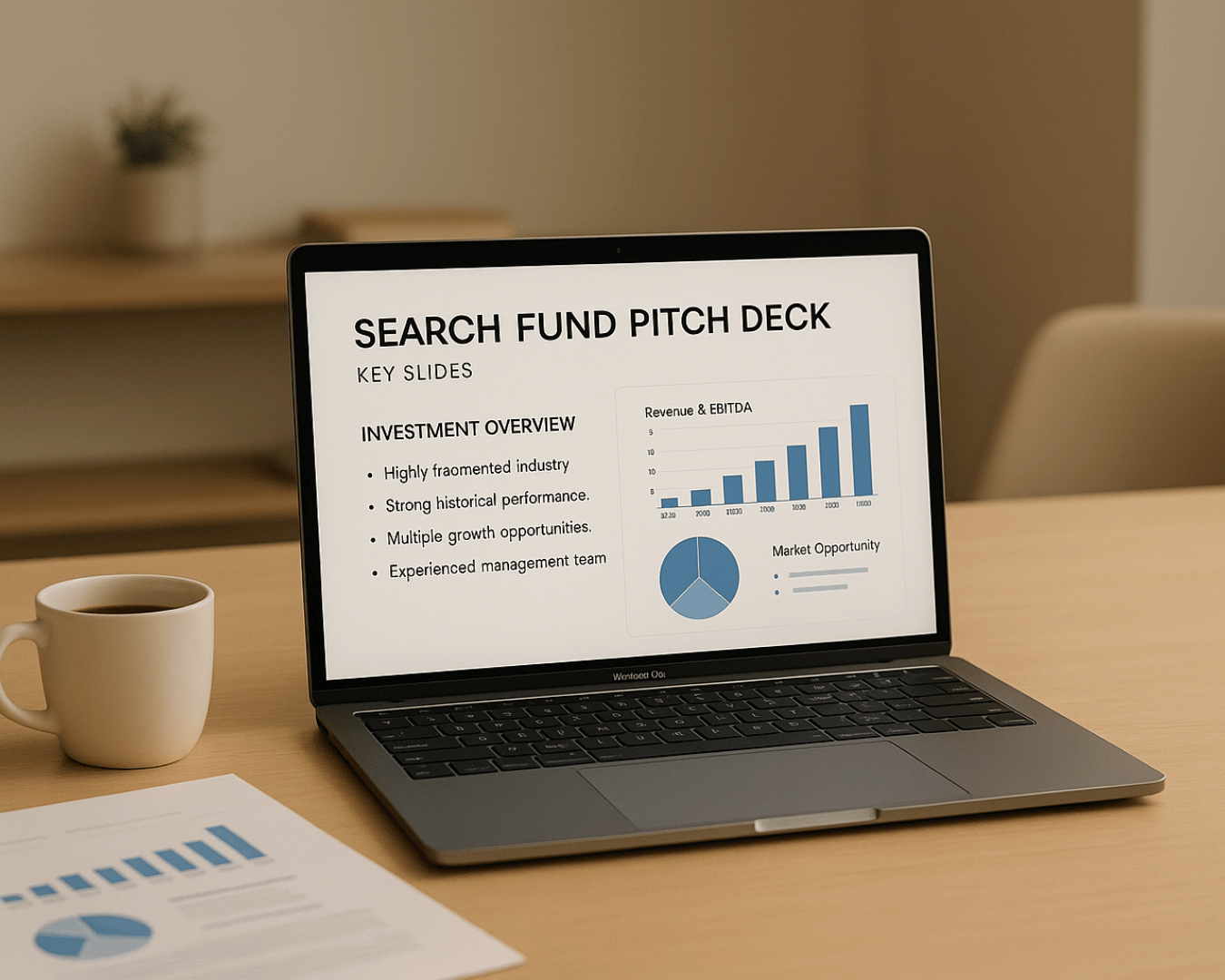




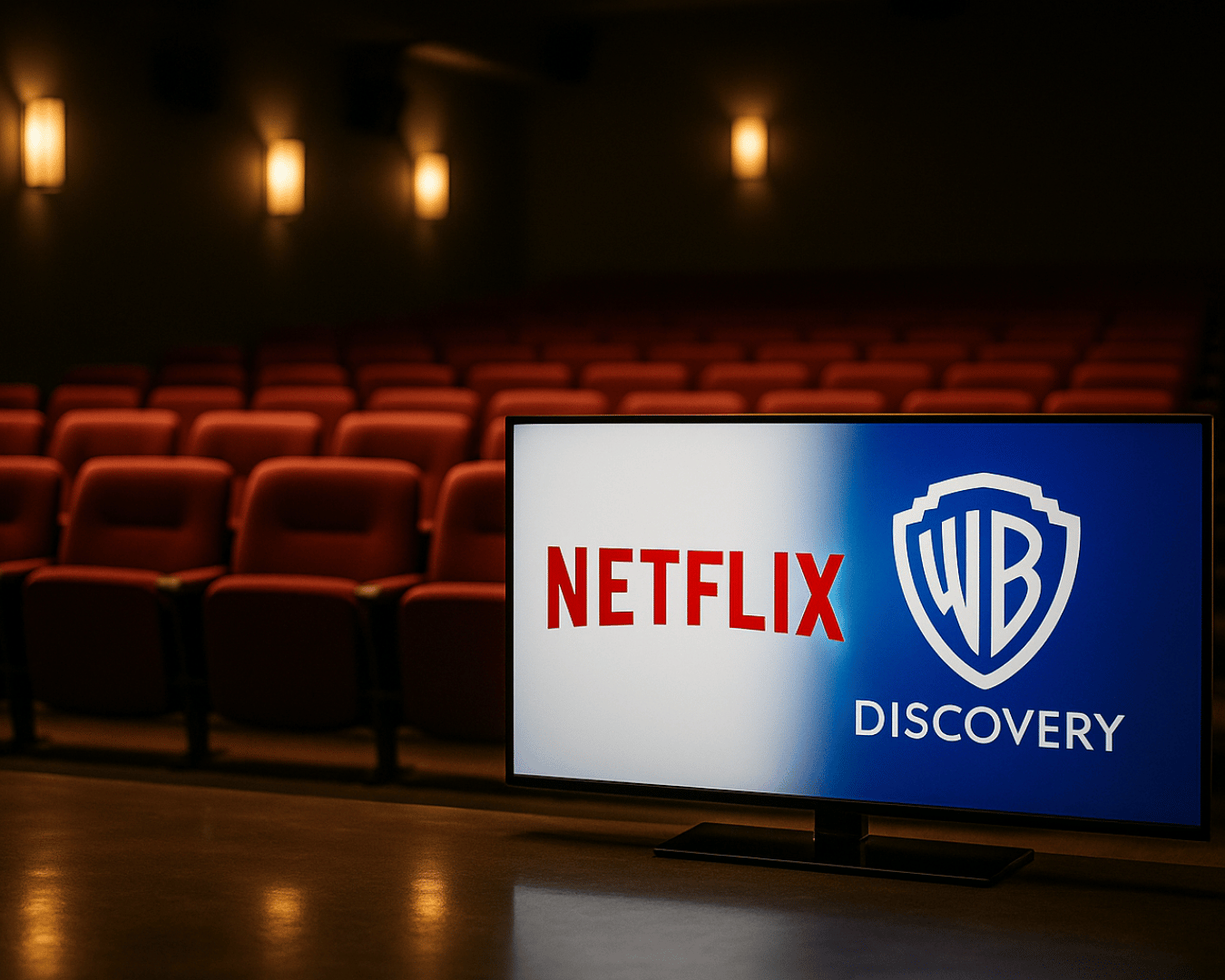











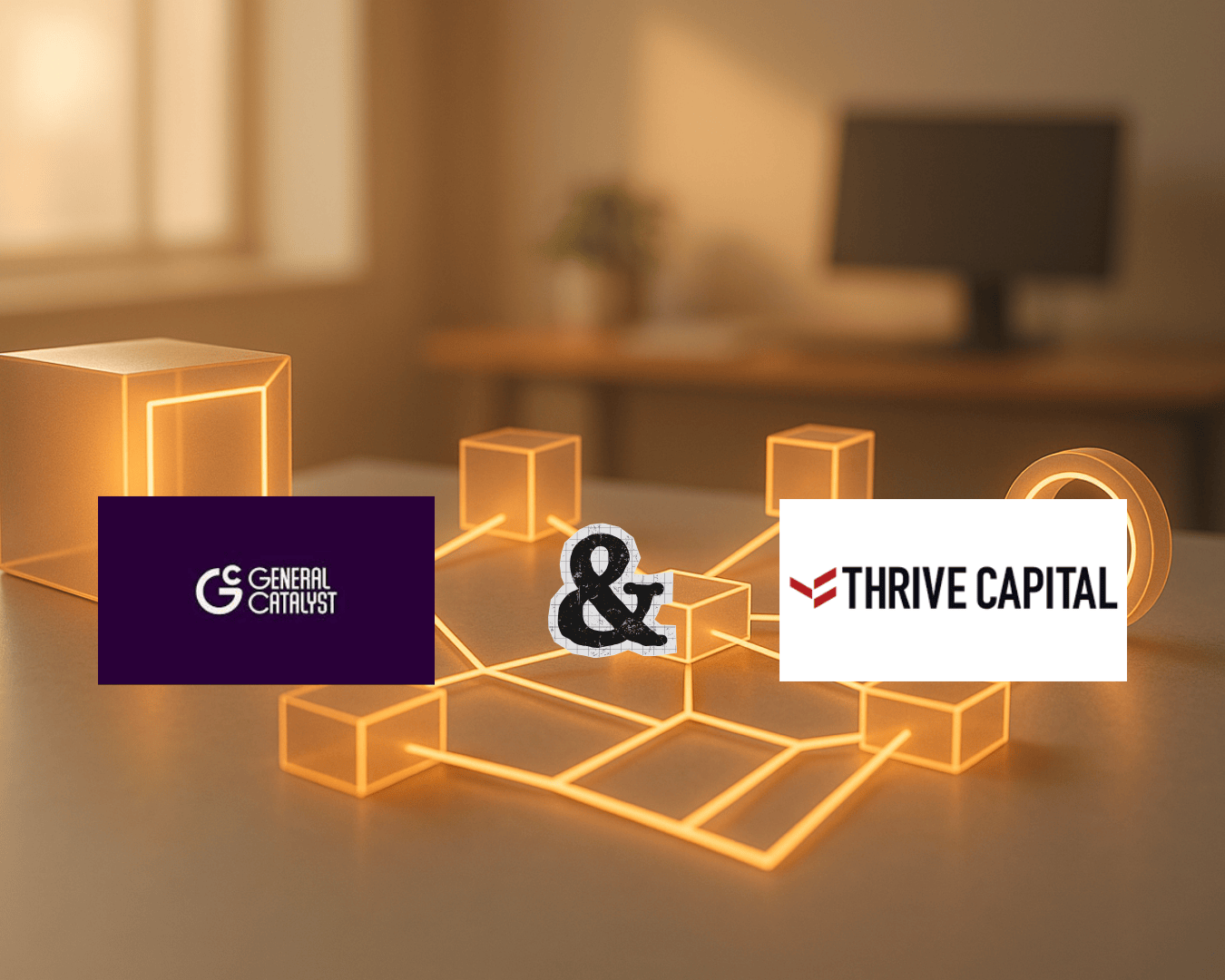


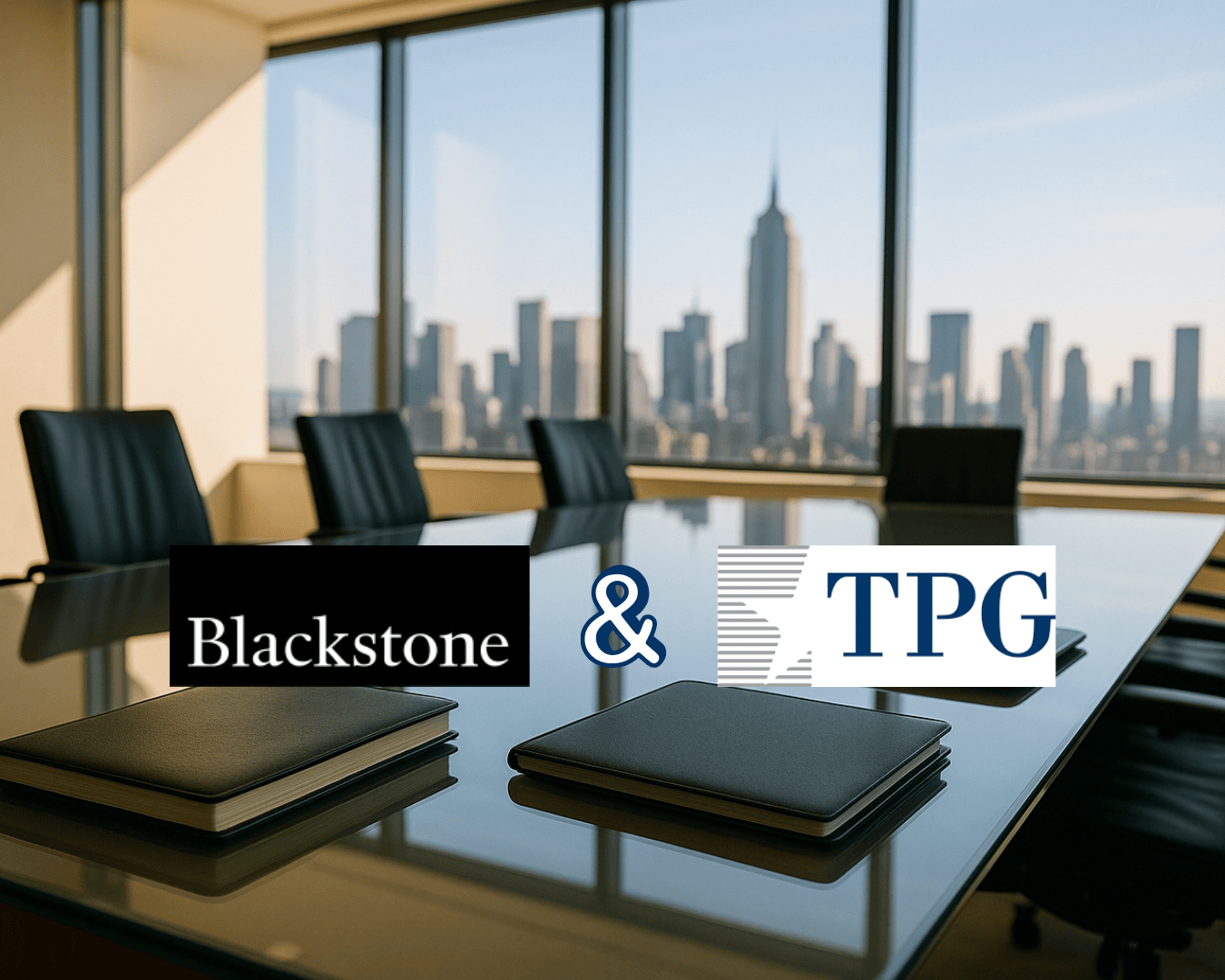



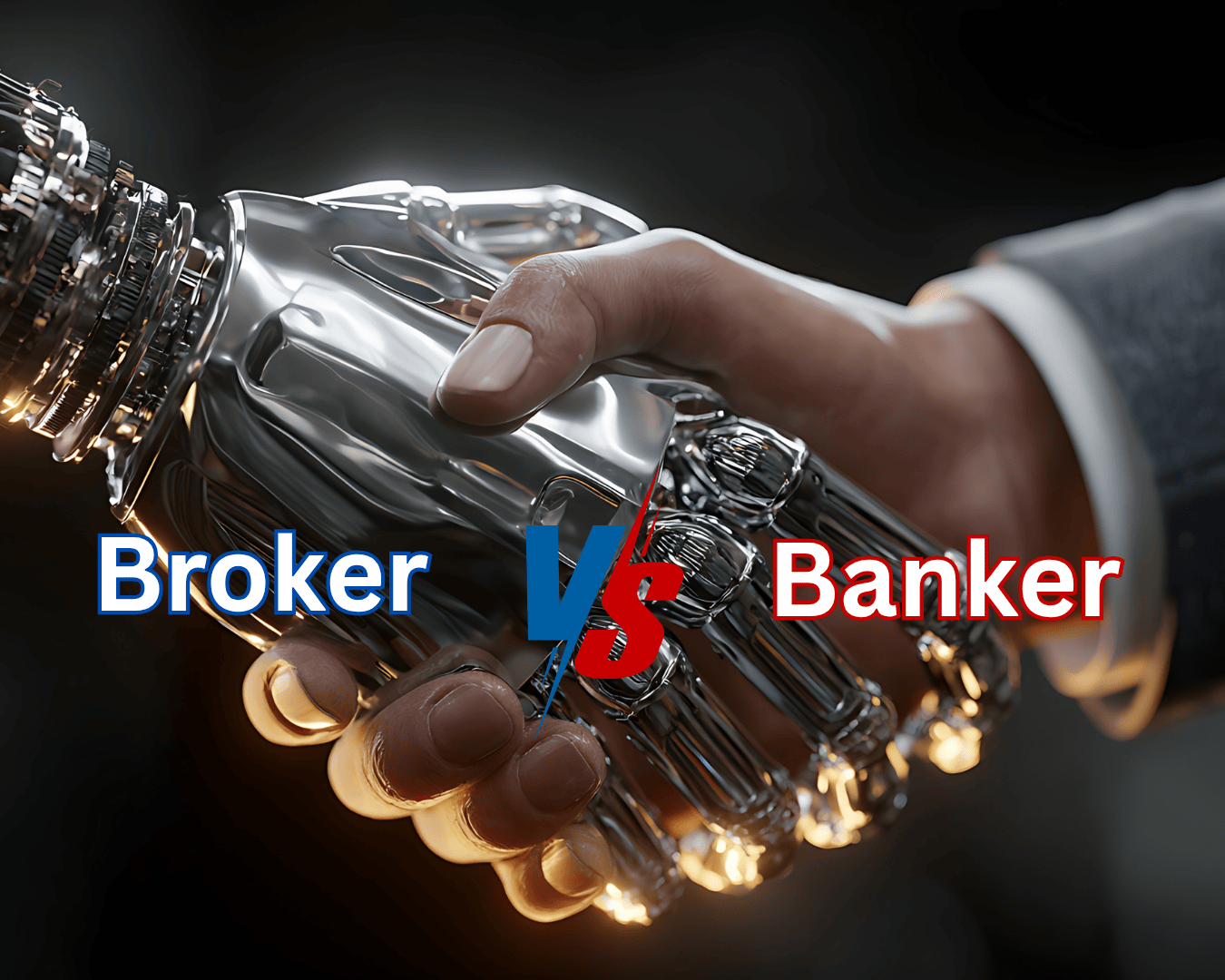




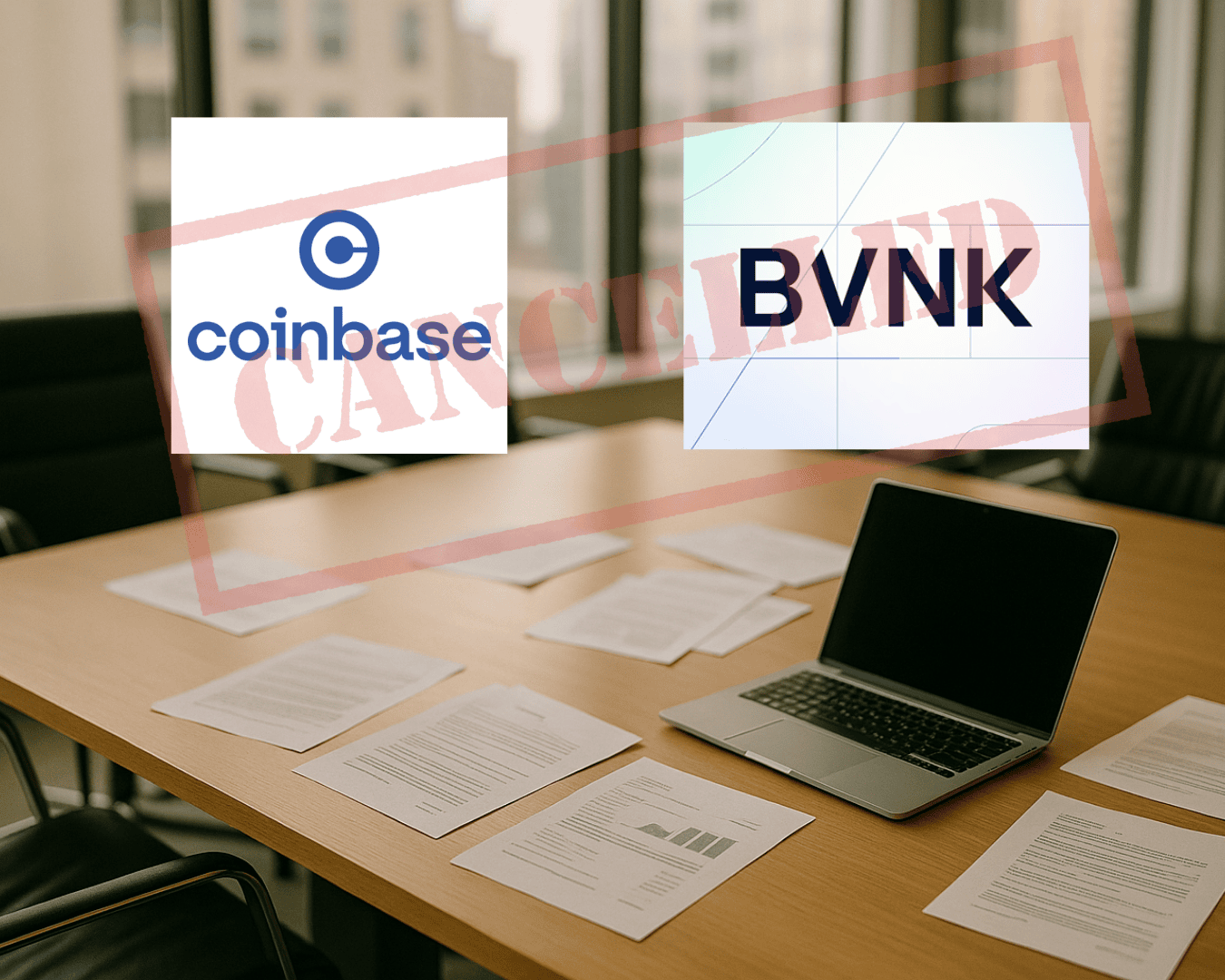









.png)






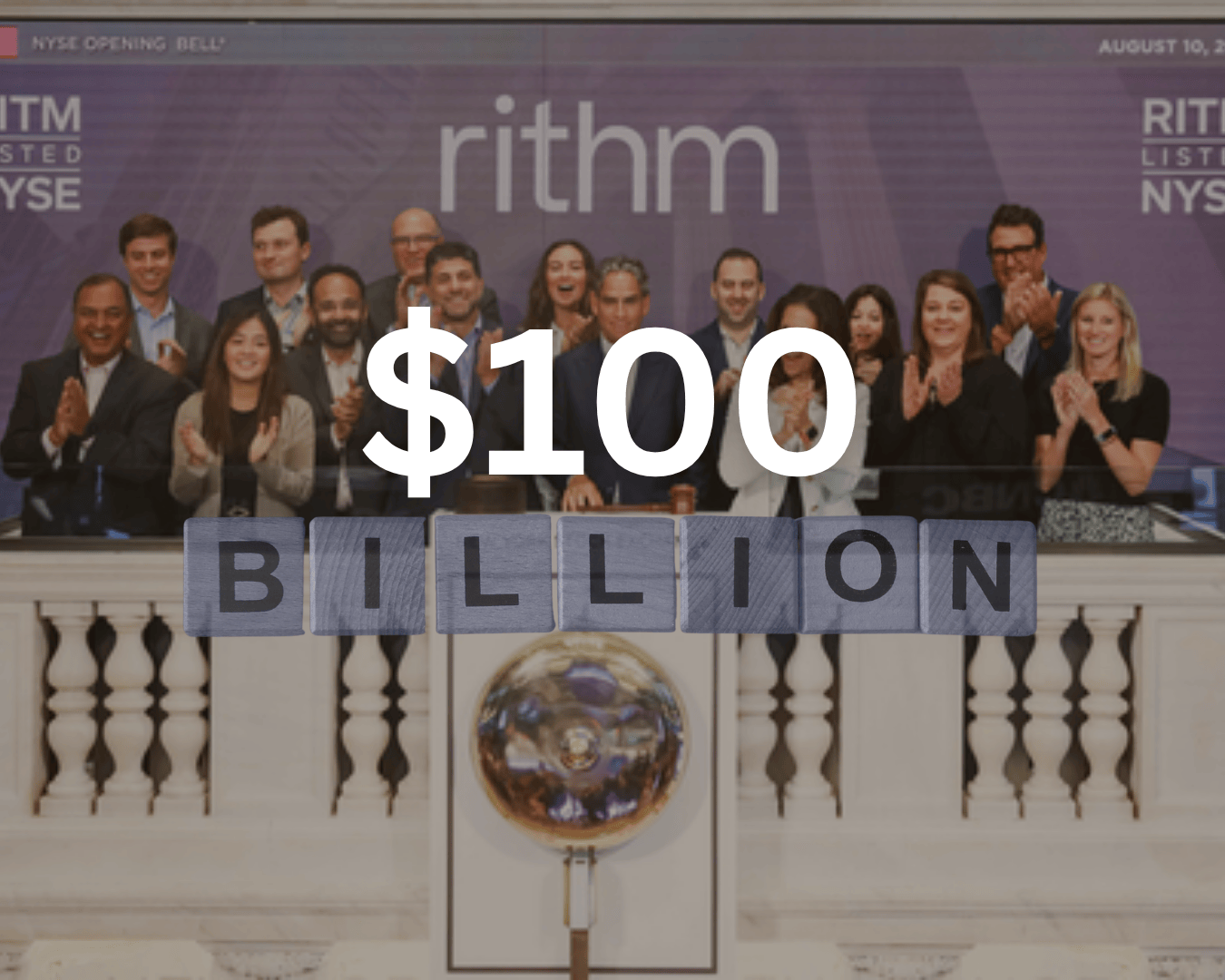










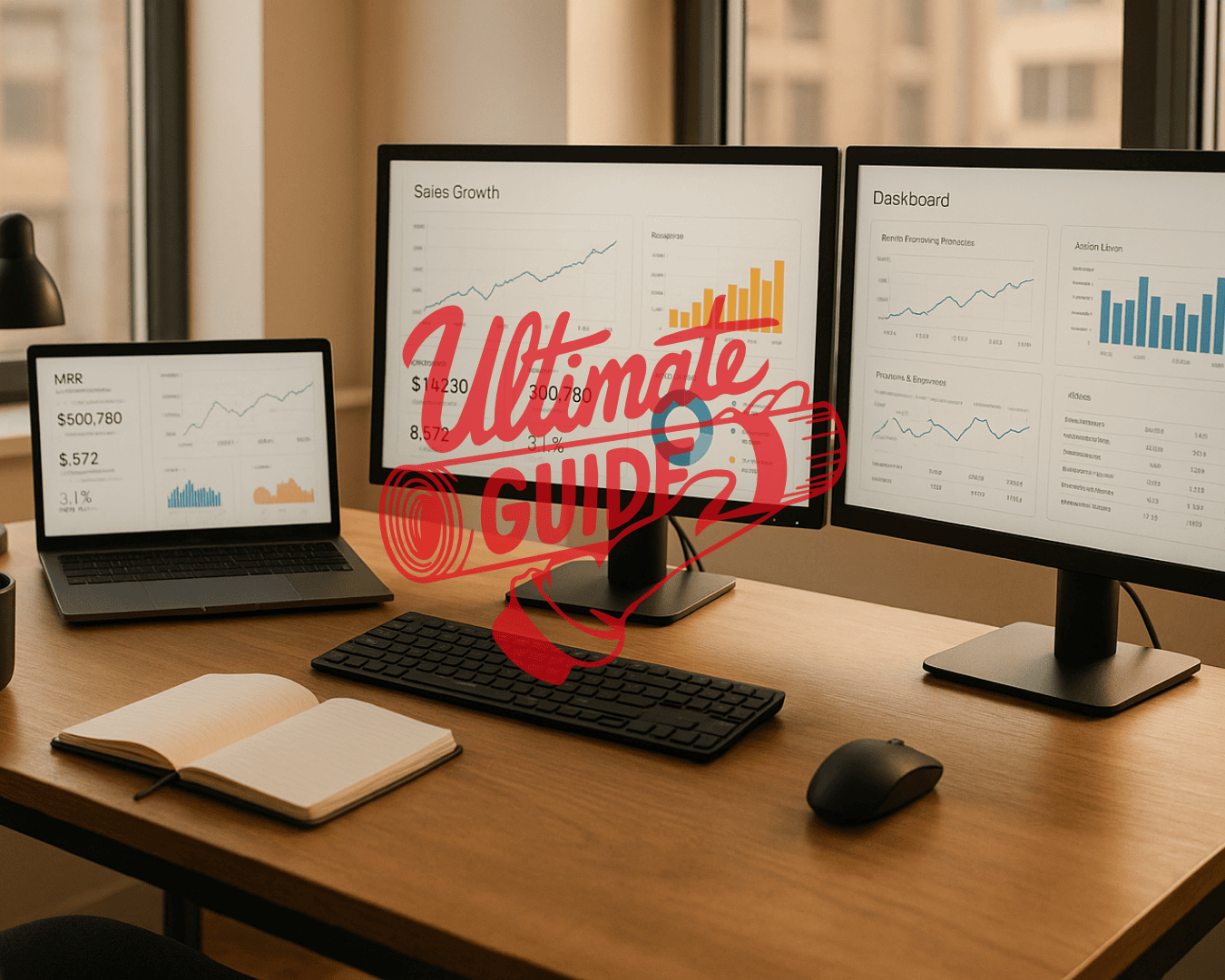






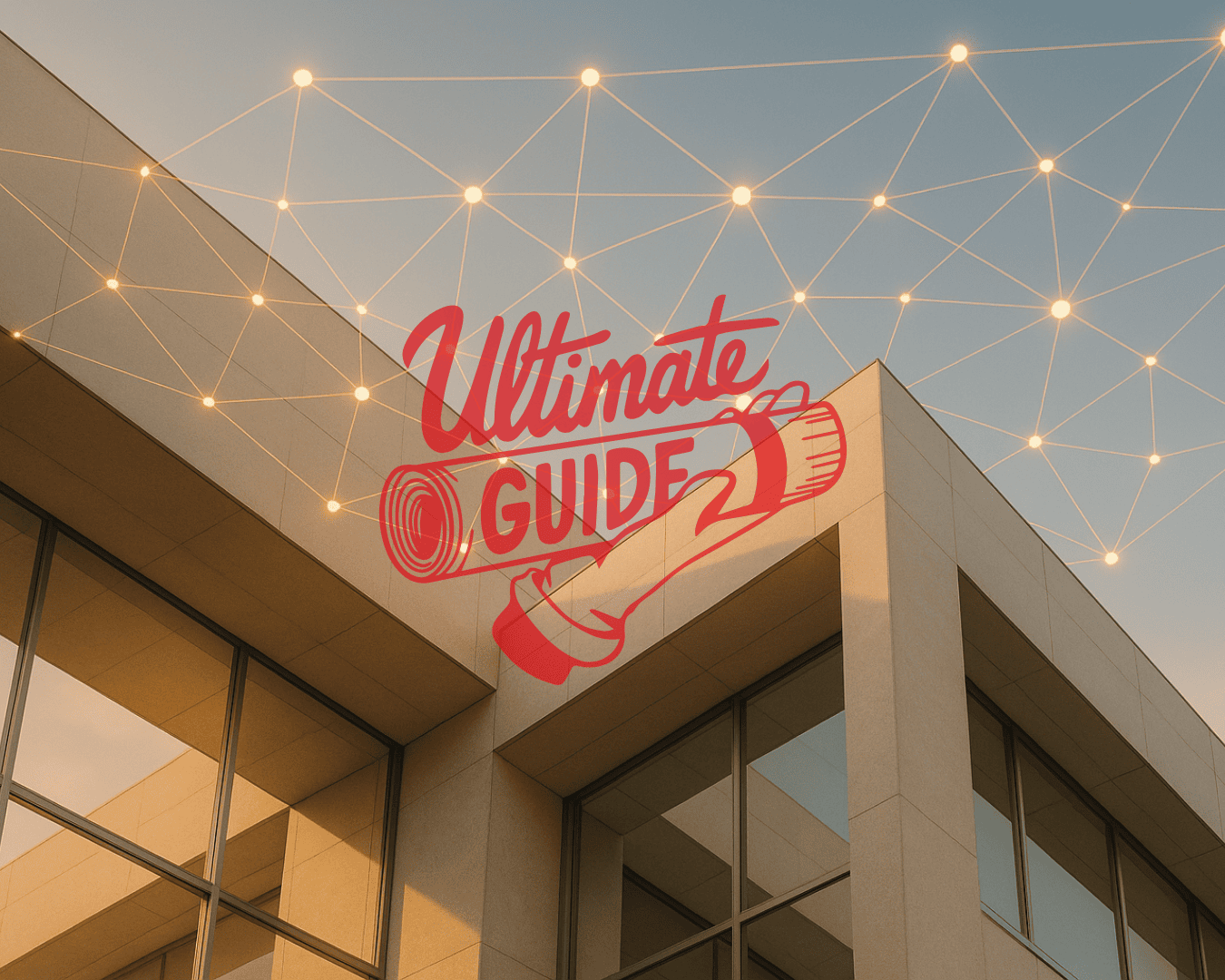



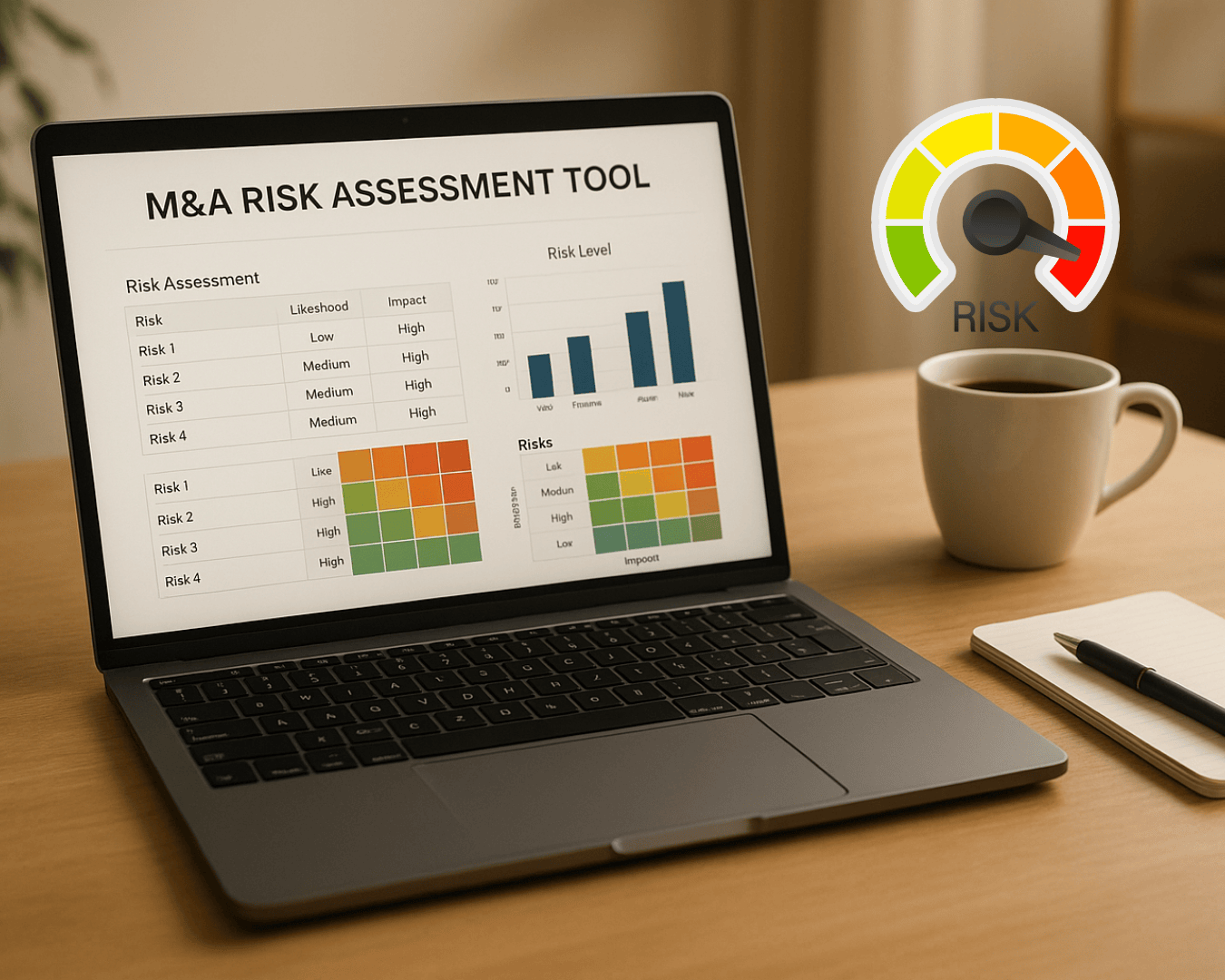
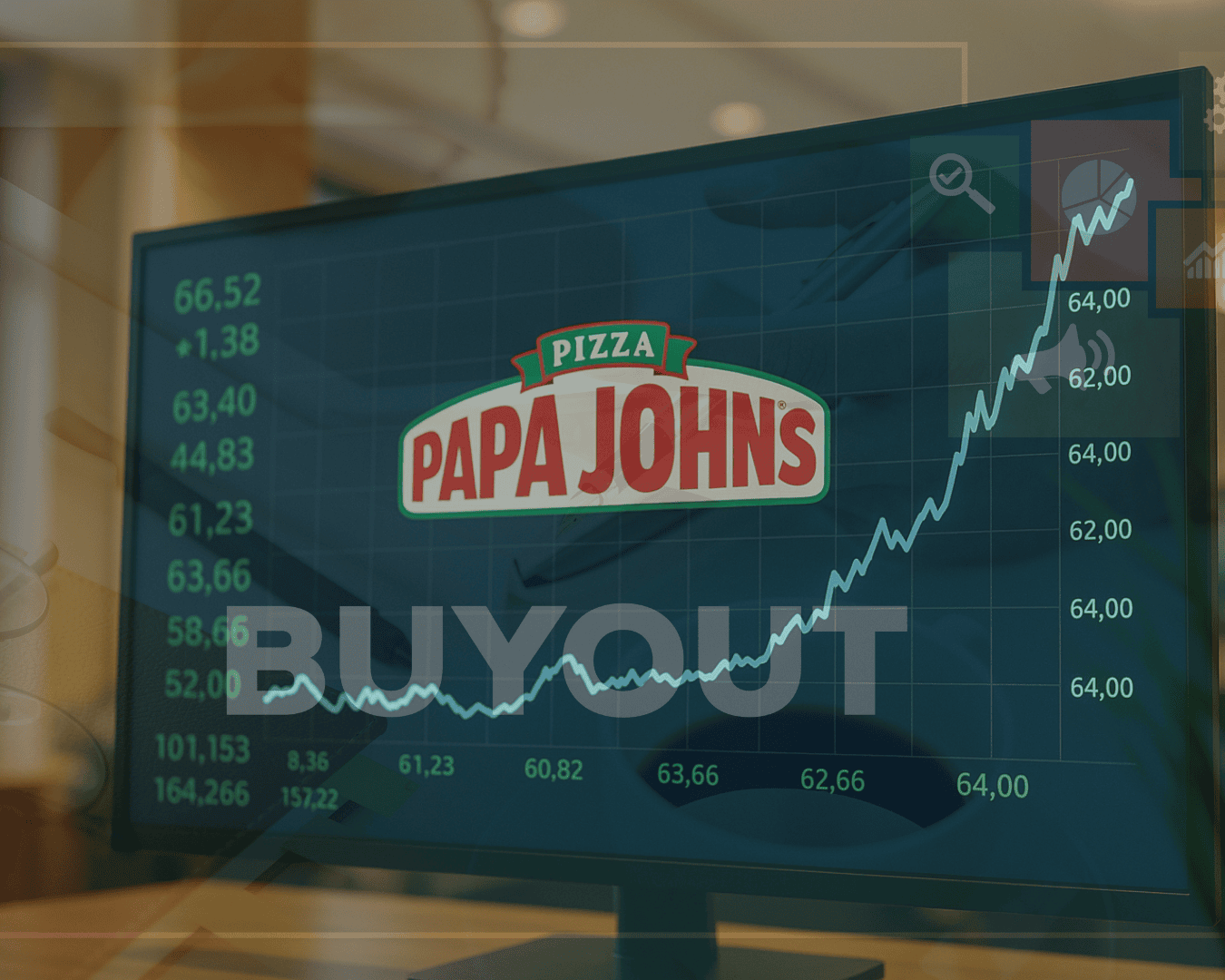
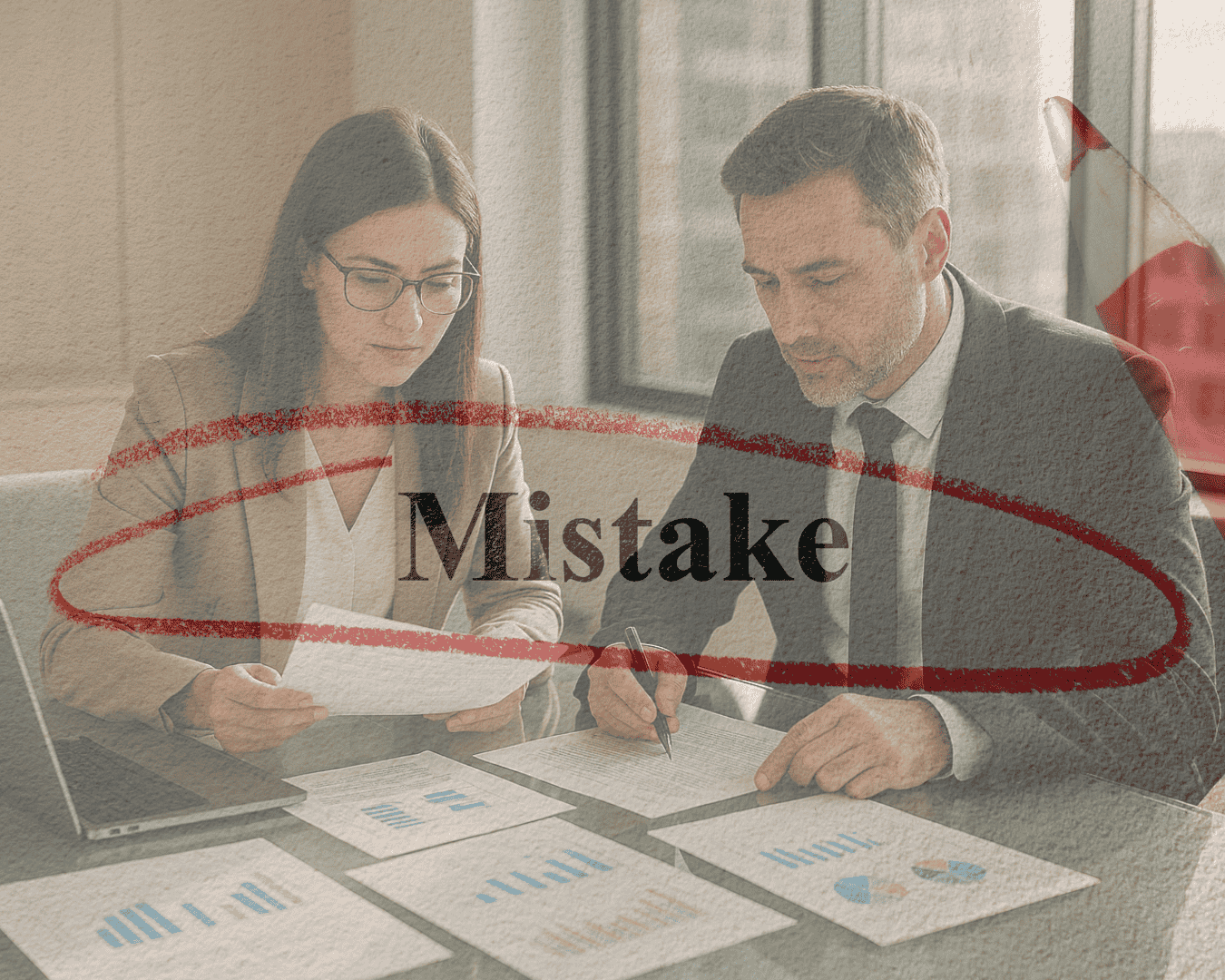








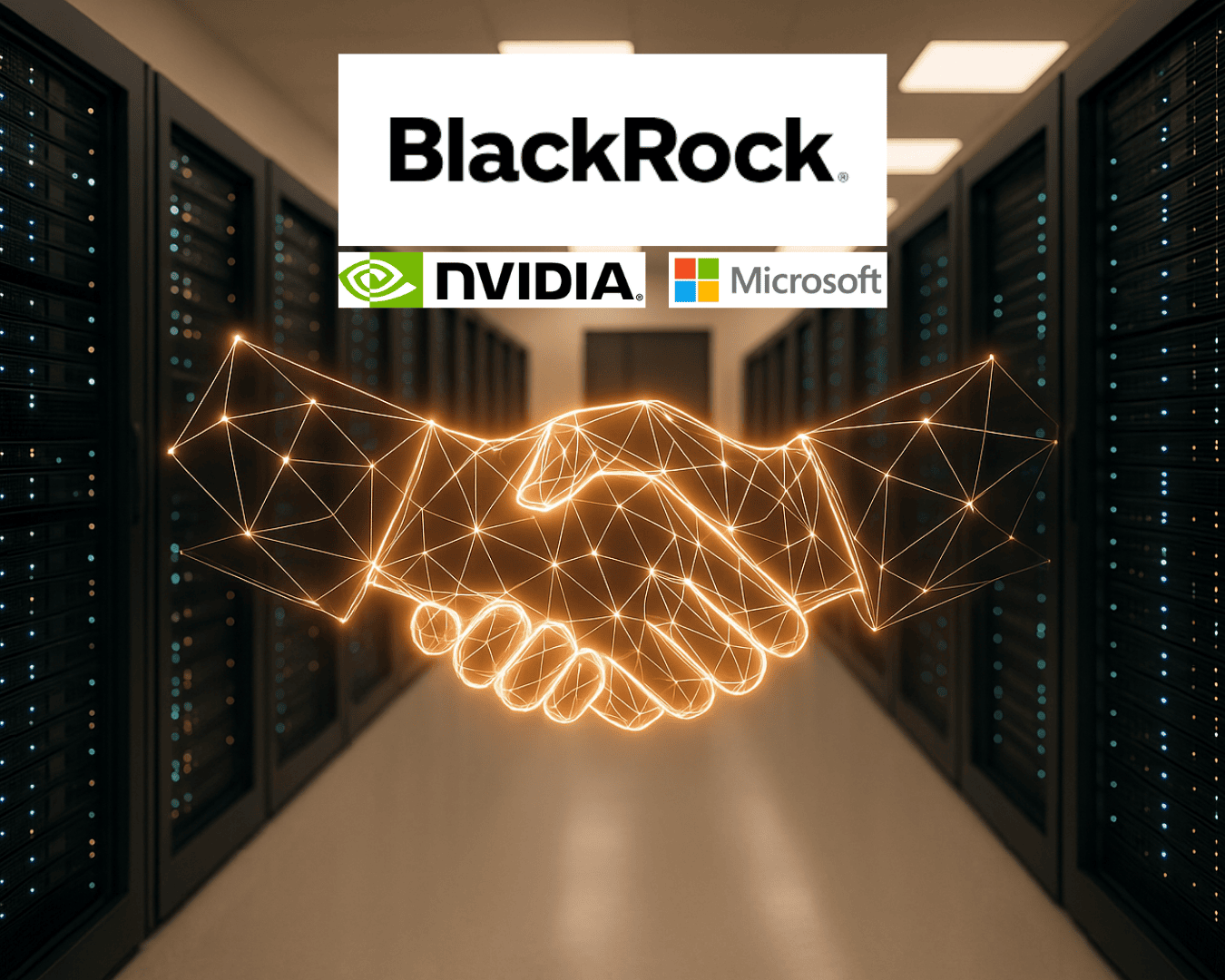
%20Loan%20Application%20Checklist.png)
